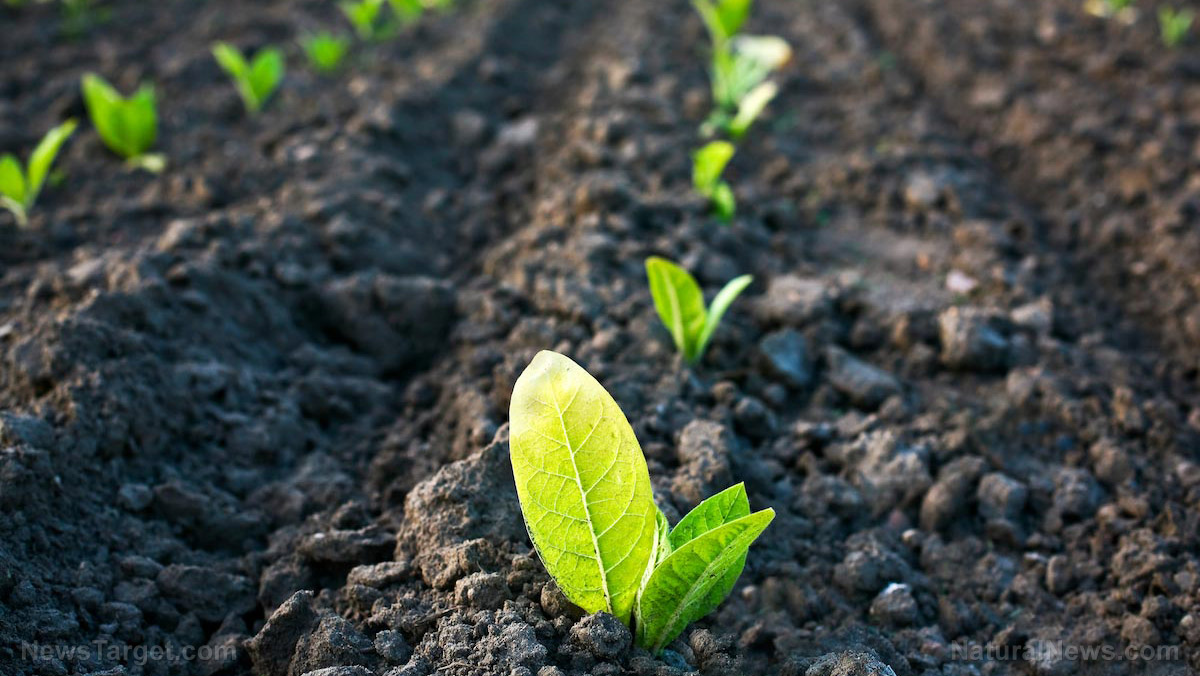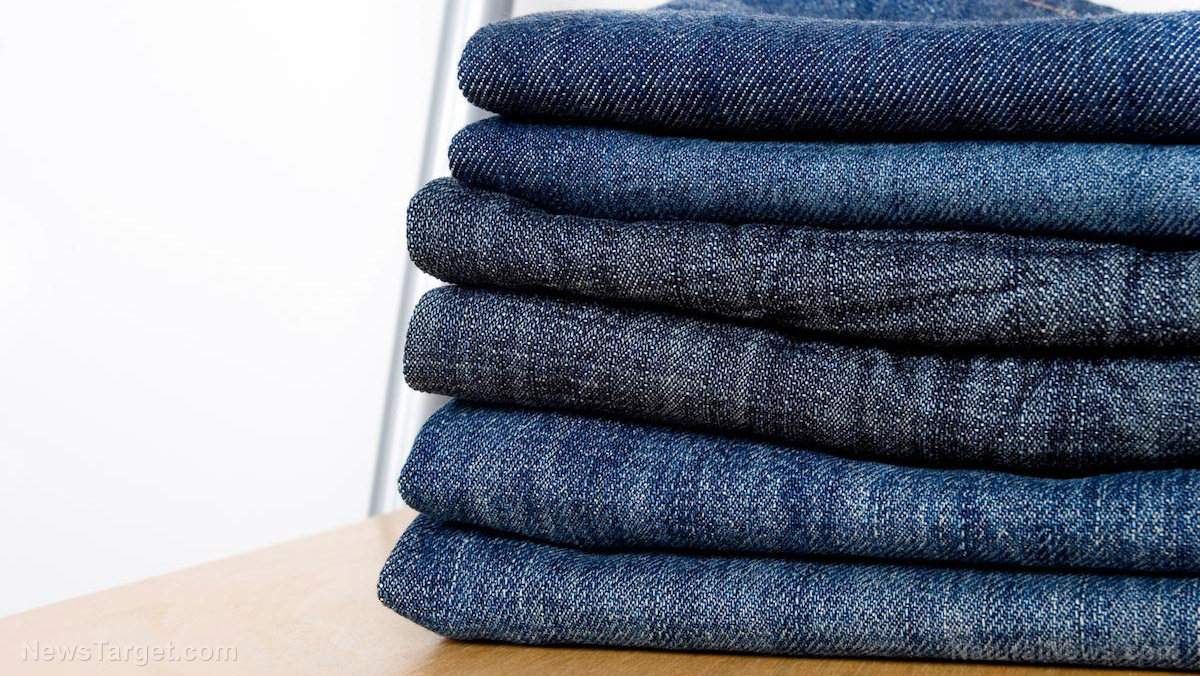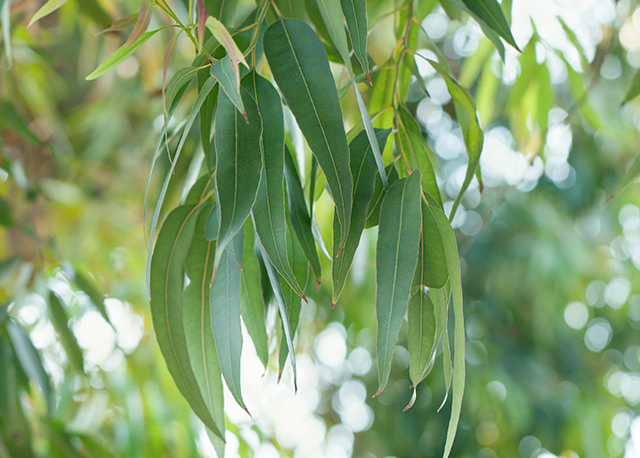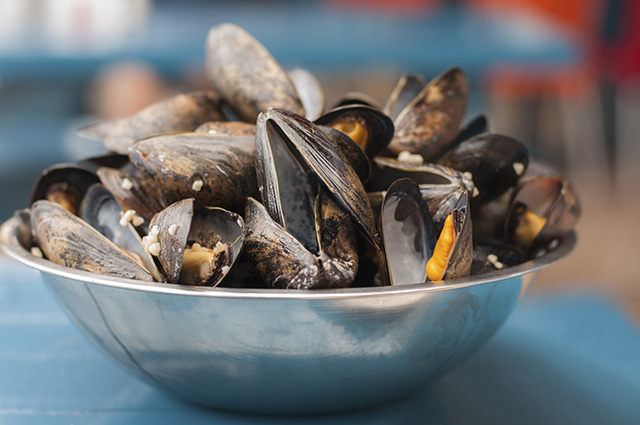Different varieties of the versatile olive are used to create foods like olive tapenade crostini or olive focaccia. However, scientists have determined that olive waste can also be used to create building materials.
In fact, waste from the olive oil industry, such as ground olive stones, olive stone ash, and sludge from pomace oil extraction have potential as secondary raw materials. These materials can be used to produce building components like cement paste and clay bricks.
The extraction and refining process for pomace oil creates waste water that comes in the form of sludge. While this sludge is occasionally used as a fertilizer, most of the time it is simply dumped in landfills or water bodies. The sludge is even incinerated, which also has a negative environmental impact.
In a 2015 study by the Department of Chemical, Environmental, and Materials Engineering at the University of Jaén in Spain, researchers determined that the sludge leftover from pomace oil extraction could be used to create clay bricks with compressive strength akin to conventional bricks. However, the bricks made from sludge had better thermal conductivity.
The study, called “Reusing of Oil Industry Waste as Secondary Material in Clay Bricks,” also showed that industrial oil waste products such as sludge, and even spent filtration and bleaching earth (which are both used for refining oils), are suitable substitutes for brick clay because they have similar chemical compositions. (Related: A new kind of magic mushroom: New sustainable material made of mushrooms can provide housing, food security, water filtration.)
The same research team from the University of Jaén worked on another article in 2016 which analyzed the use of olive stone ash as a secondary raw material for fired clay bricks. In this second study, researchers confirmed that adding 10 to 30 weight percent (wt percent) of olive stone ash to clay had a “pronounced effect on the evolution of physical and mechanical properties of the resultant bricks fired at 900°C.”
They did note that the addition of higher proportions “decreased the compressive strength and bulk density of bricks.” This also added to the bricks’ porosity and rate of water absorption.
A separate 2016 study examined the “effects of the addition of ground olive stones on the physical and mechanical properties of clay bricks.”
The research team discovered that adding clay and ground olive stones minimized water absorption, which can be beneficial since it will help prevent the bricks from crumbling while also providing a potent bonding effect.
The study also verified that adding ground olive stones can improve the thermal conductivity of the bricks. However, this decreases the mechanical properties of the bricks when compared to pure clay bricks. Tests also determined that the overall compressive strength values exceeded the minimum requirements outlined by current regulations.
Based on the results of the study, the clay bricks manufactured with ground olive stones effectively maximized the energy used in firing. Ground olive stones also have potential as a “cost-effective alternative addition” when producing fired clay bricks.
By reusing these olive waste products as alternative raw materials in the construction industry, manufacturers can help significantly reduce industrial waste. Utilizing these waste products is also a feasible way of offsetting the cost of raw materials.
Finally, recycling olive waste products is an eco-friendly and sustainable way of recycling waste and conserving natural resources.
Fast facts on olives
- Olives are small fruits that grow on olive trees (Olea europaea). On average, these oval-shaped fruits weigh about three to five grams.
- Olives belong to a group of fruit called drupes or stone fruits. Other drupes include almonds, cherries, mangoes, peaches, and pistachios.
- Full of vitamin E, olives also contain other powerful antioxidants. According to studies, olives are good for cardiovascular health. They can also help prevent cancer and osteoporosis.
- Olives contain healthy fats which are extracted to produce extra virgin olive oil, a crucial component in the Mediterranean-style diet.
- In Mediterranean countries, about 90 percent of olives are used to make olive oil.
- While immature olives are green, they turn black when they are ripe. Other kinds of olive remain green even when fully ripe.
You can check out more articles about other sustainable building materials at GreenLivingNews.com.
Sources include:
OliveOilTimes.com
Healthline.com




















